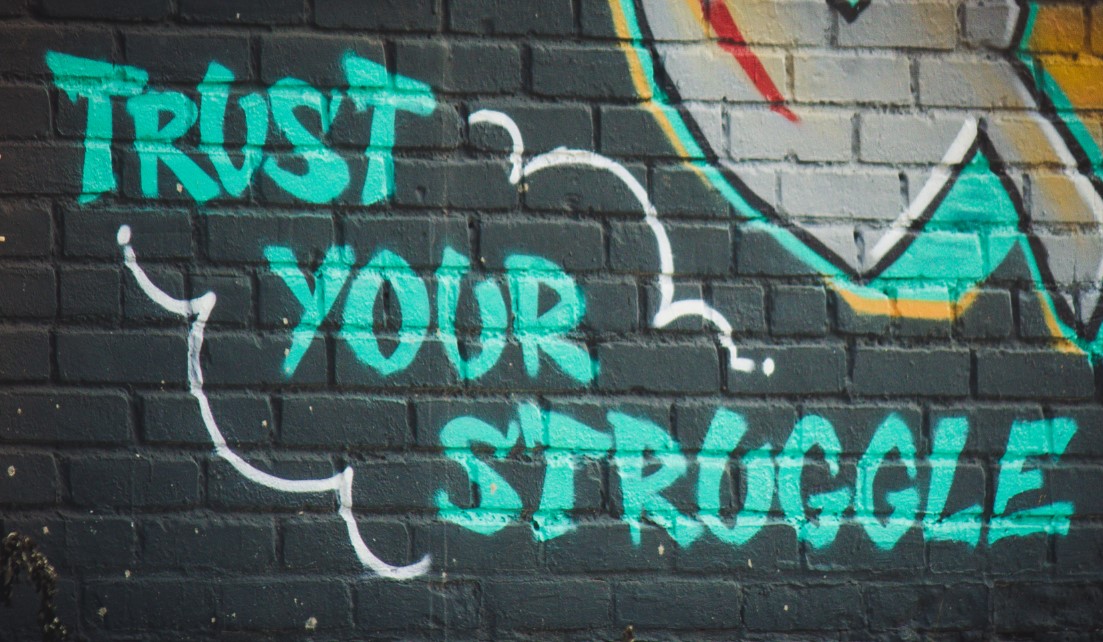Why change is hard. I could give a short answer and say that it is because you have to work with people. Why are people so hard to deal with in making a change? It comes down to two things hard for people to deal with.
1. Uncertainty
The human mind doesn’t like uncertainty. It likes order and bases decisions on previous experiences. Which of these options gives you the most anxiety?
I am going to re-design your job. I am definitely going to re-design your job. I might or might not re-design your job.
In the first two scenarios, you know that something will happen. In the last scenario, you are unsure. That causes worry and anxiety.
Jack Nitsche a professor of psychology at the University of Wisconsin states “Uncertainty lays the groundwork for anxiety because anxiety is always future-oriented. The human brain has the capacity to imagine all the worst things that can happen.” The more uncertainty there is the more your mind will fixate on the worst-case scenario.
I suggest companies use a “no-layoff clause” because of Lean activities when they communicate with the workforce about a Lean transformation. Even if someone’s work may change, they will still be employed, and this helps ease worst-case scenario thinking.

2. Struggle
Have you been working in a part of the business that you know very well and can do your work without thinking too about how to do your work? Because of a Rapid Improvement Event, you now have to operate as a member of a larger team or as part of a cell.
Your work is changing. You’re asked to do things differently. This will require you to struggle for a bit until you learn the new methods.
People like to stay in their comfort zones. We all do. Moving out of our comfort zone is where real improvement takes place, but you will also struggle for a while until you get good at the new activity. That’s okay. Realize anyone who is a master was once a disaster.
I can remember years ago working with Stryker Medical and we developed a flow line that would increase the output of a product considerably. After the changes were made, there was an employee who was visibly upset as we moved to an assembly line process. Tears were involved. She thought I was an evil person for guiding this change.
Two weeks later when I visited the company, she was all smiles. She was back to her happy self. She even gave me a hug when I was ready to leave at the end of the week. She was proud of the attention that the new line was receiving. She was able to train others in the process. She had time to work through the struggle.
It’s important as the company makes changes to develop a ramp-up period for success. Realize that people will struggle until they get used to the new job duties. Develop job aids and standard work for employees to follow to ease the transition.
Conduct daily improvement meetings to gather feedback from employees impacted by the change. Work with them to gather their ideas to make even more improvements in the new process.
Listen to their concerns and act upon them. Employees have to know that their concerns are being heard and acted upon. Use tools like a continuous improvement action item list and place it in their work area so they know their concerns are being addressed.
If you work hard to remove uncertainty and help team members through their struggle, your change efforts will be much more successful!
As always, it’s an honor to serve you and I hope this helps you and your organization get a little bit better today.
Follow me on Twitter
Join me on LinkedIn
Listen to the podcast here

